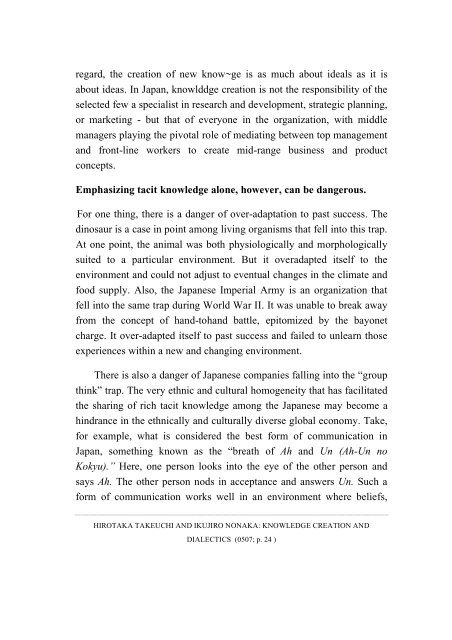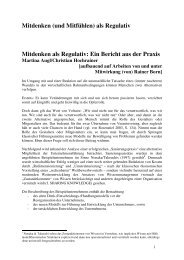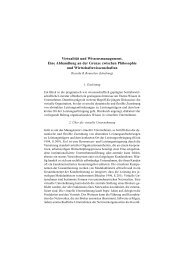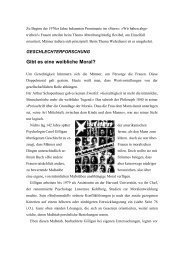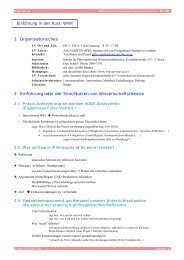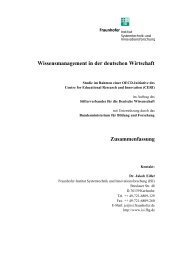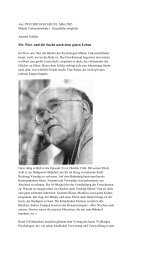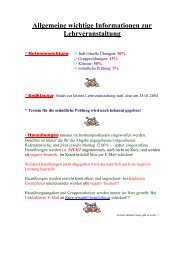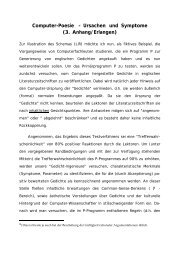KNOWLEDGE CREATION AND DIALECTICS
KNOWLEDGE CREATION AND DIALECTICS
KNOWLEDGE CREATION AND DIALECTICS
You also want an ePaper? Increase the reach of your titles
YUMPU automatically turns print PDFs into web optimized ePapers that Google loves.
egard, the creation of new know~ge is as much about ideals as it is<br />
about ideas. In Japan, knowlddge creation is not the responsibility of the<br />
selected few a specialist in research and development, strategic planning,<br />
or marketing - but that of everyone in the organization, with middle<br />
managers playing the pivotal role of mediating between top management<br />
and front-line workers to create mid-range business and product<br />
concepts.<br />
Emphasizing tacit knowledge alone, however, can be dangerous.<br />
For one thing, there is a danger of over-adaptation to past success. The<br />
dinosaur is a case in point among living organisms that fell into this trap.<br />
At one point, the animal was both physiologically and morphologically<br />
suited to a particular environment. But it overadapted itself to the<br />
environment and could not adjust to eventual changes in the climate and<br />
food supply. Also, the Japanese Imperial Army is an organization that<br />
fell into the same trap during World War II. It was unable to break away<br />
from the concept of hand-tohand battle, epitomized by the bayonet<br />
charge. It over-adapted itself to past success and failed to unlearn those<br />
experiences within a new and changing environment.<br />
There is also a danger of Japanese companies falling into the “group<br />
think” trap. The very ethnic and cultural homogeneity that has facilitated<br />
the sharing of rich tacit knowledge among the Japanese may become a<br />
hindrance in the ethnically and culturally diverse global economy. Take,<br />
for example, what is considered the best form of communication in<br />
Japan, something known as the “breath of Ah and Un (Ah-Un no<br />
Kokyu).” Here, one person looks into the eye of the other person and<br />
says Ah. The other person nods in acceptance and answers Un. Such a<br />
form of communication works well in an environment where beliefs,<br />
HIROTAKA TAKEUCHI <strong>AND</strong> IKUJIRO NONAKA: <strong>KNOWLEDGE</strong> <strong>CREATION</strong> <strong>AND</strong><br />
<strong>DIALECTICS</strong> (0507; p. 24 )


